Aldborough Roman Site
OS grid reference:- SE 405 662
Aldborough, or Isurium as it was known to the Romans, was once the capital of the Brigantes tribe, the largest and most northerly Celtic tribe in Roman Britain. The Roman town marked the crossing of Dere Street, the Roman Road from York north to the Antonine Wall via Corbridge and Hadrian's Wall.
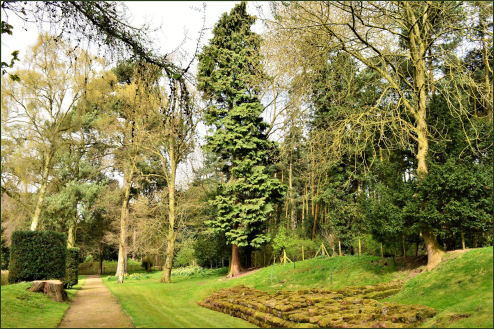
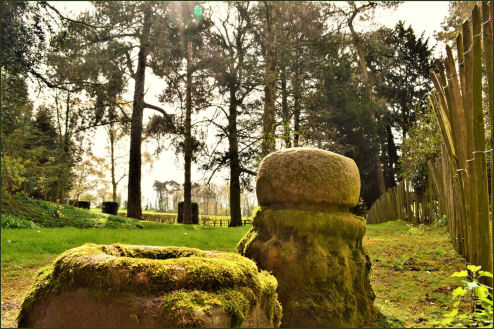
The town was founded in the late first century or early second century, when the Roman governor of Britain, Petillius Cerialis, launched an assault into the region from a new Roman fort at York. Once the tribe had been subjugated, Aldborough Roman Town was established as an administrative centre for controlling the population under Roman Rule. The Roman historian Tacitus recorded that Isuer was the seat of Venutius, king of the Brigantes who had usurped from power by his wife, Cartimandua and her lover Volucatus at the beginning of the first century.
Isurium had substantial buildings from an early period; probably by the early second century. Bank and ditch defences were added later. Stone walls and four gates were added in the mid third century. The visible remains are a small fraction of the Roman town.
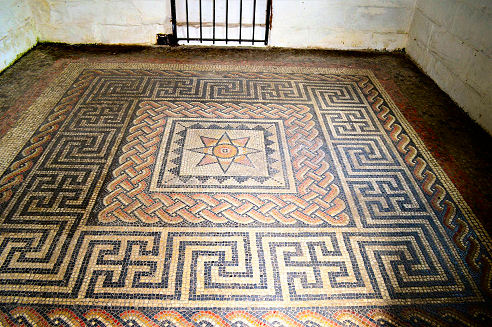
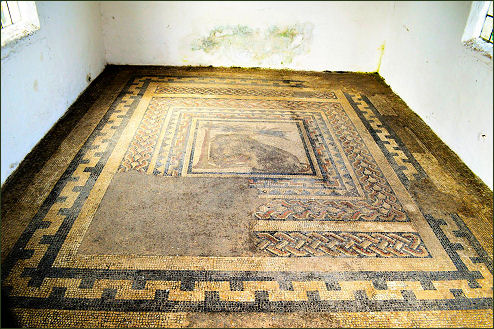
Aldborough Roman Site consists of a stretch of the massive town wall with its defensive towers and two in-situ mosaic pavements, once part of a Roman townhouse.
Archaeological finds from the site are on display in the museum providing an insight into the lives of Roman civilians in its most northern capital. One corner of these defences is laid out amid a Victorian arboretum. The site's fascinating museum has an outstanding collection of Roman finds.
There are two superb mosaics, concealed within protective buildings, that are believed to have been constructed in the second or third century. Although now housed separately, they would originally have been contained in the same dwelling.
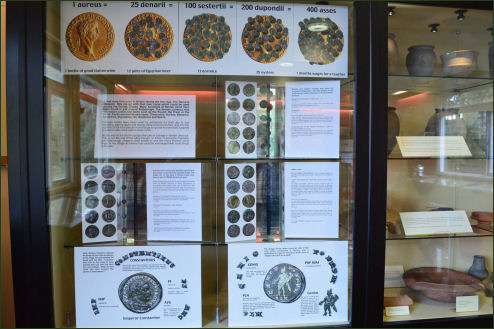
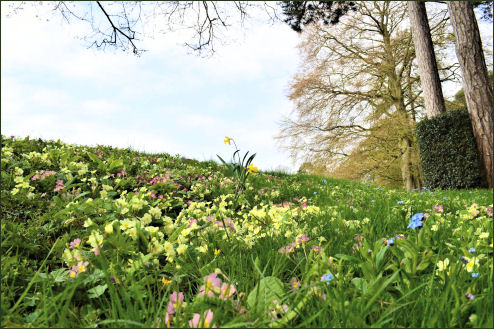
The first mosaic pictures a lion sitting under a tree, but this is somewhat damaged. It was discovered by accident in 1832 when a local innkeeper was burying a dead calf. The second was discovered in 1848 and is in near perfect condition, it bears an image of an eight sided star in the centre of the mosaic. A third mosaic was lifted from an adjacent part of the building, but the site has since been back-filled and this mosaic is now displayed in the museum.
Aldborough Roman Site is in the care of English Heritage.
Images courtesy of Paul Johnson
Prehistoric and Roman Sites of Yorkshire
External Links
Cartimandua, Queen of the Brigantes
